专注于SF6气体检测的专业化

What is the harm of sulfur hexafluoride gas? Sulfur hexafluoride gas is not toxic
SF6 (sulfur hexafluoride) was synthesized by two French chemists in 1900 and is a man-made gas not found in nature. Due to the unique insulation properties of SF6 gas make it shine in the field of power equipment, through decades of application practice has proved that there is no other medium can be comparable to SF6, is expected to be irreplaceable in the next few decades. It is precisely because of this irreplaceability that we clearly know that SF6 gas is not so "clean" but also use it. We must have heard a lot of negative news about sulfur hexafluoride gas, so what is the harm of sulfur hexafluoride gas? Is sulfur hexafluoride gas toxic?
Although the insulation performance of sulfur hexafluoride gas is very good, but the harm of sulfur hexafluoride gas is also a lot, and some friends who do not know SF6 gas very well even say that sulfur hexafluoride gas is toxic! So is SF6 gas toxic? Is sulfur hexafluoride toxic? SF6 gas is not toxic! Pure SF6 gas is a colorless, odorless, basically non-toxic, non-combustible halogen compound. The reason why they think SF6 gas is toxic is because they don't understand that the real toxicity comes from other sources. The chemical properties of SF6 gas are very stable, but under the action of high-power arc, spark discharge and corona discharge, SF6 gas can decompose and free a variety of products, mainly SF4 and SF2, and a small amount of S2, F2, S, F and so on. Some compounds produced by SF6 at high temperatures may be highly toxic, but this does not mean that SF6 gas itself is toxic. So to say that sulfur hexafluoride gas is toxic is to say that sulfur hexafluoride gas is harmful is not correct!
So what is "SF6 gas toxic" all about? Where does sulfur hexafluoride gas come from? SF6 gas It can constitute highly toxic, non-polar pollutants and some corrosive substances such as hydrogen fluoride, oxides of sulfur. If SF6 products are not pure, they will also contain highly toxic low sulfur fluoride, hydrogen fluoride and other toxic gases when they leave the factory. In addition, SF6 gas in electrical equipment produces some toxic products when the high-temperature arc occurs, such as thionyl fluoride, sulfuryl tetrafluoride, sulfuryl tetrafluoride, sulfuryl fluoride, etc. The SF6 gas decomposition in the electrical equipment reacts with the water in it to produce some toxic products, such as hydrofluoric acid and sulfur dioxide. SF6 gas and decomposition in electrical equipment react with insulating materials to produce some toxic products. Such as insulating parts with epoxy phenolic glass cloth plate (rod, tube) containing silicon components; Or epoxy resin castable parts, moulded parts and porcelain bottles, silicone rubber, silicone grease with quartz sand and glass as fillers play a chemical role to generate SiF4, Si (CH3) 2F2 and other products. It seems that one of the hazards of sulfur hexafluoride gas is that SF6 gas can react with other substances to produce toxic substances in some environments, causing harm to the human body and the environment. In addition, pure SF6 is non-corrosive, but its decomposition will become a corrosive electrolyte after water, which will cause damage to some materials inside the equipment and operation failure. Commonly used materials such as aluminum, steel, copper, brass are almost immune to erosion, but glass, porcelain, insulating paper and similar materials are vulnerable to damage, and are related to the content of corrosive substances.
In addition to the above aspects, what are the hazards of sulfur hexafluoride gas? In addition, the biggest harm of SF6 gas is its greenhouse effect. Sulfur hexafluoride gas is a potent greenhouse gas that can exacerbate the worsening greenhouse effect. SF6 has a stronger ability to retain heat than the typical greenhouse gas - carbon dioxide, and it is similar to chlorofluorocarbons, which have a damaging effect on the ozone layer in the stratosphere.
Sulfur hexafluoride gas (SF6) has been successfully applied to high voltage switches and equipment as a finishing and arc extinguishing medium. However, in the process of circuit breaker or GIS operation, under the influence of arc action, corona, spark discharge and partial discharge, high temperature and other factors, SF6 gas will decompose, and its decomposition becomes corrosive electrolyte after touching water, especially some highly toxic decomposition, such as SF4, S2F2, S2F10, SOF2, HF and SO2. They can irritate the skin, eyes, mucous membranes, and, if inhaled in large quantities, cause dizziness and pulmonary edema, and even death. In closed space, due to the slow air circulation, the decomposing material is deposited in the room, which is not easy to discharge, thus causing great danger to the inspection and inspection staff; In addition, due to the larger proportion of SF6 gas than O2, when SF6 gas leakage accidents occur, SF6 gas will accumulate in the lower space, resulting in local hypoxia and suffocation. Because SF6 gas is colorless and odorless, it is not easy to be detected after leakage. Once SF6 gas leaks in the SF6 installation room, it will bring great threats to the personal health and safety of on-site staff, and it is highly likely to cause malignant accidents. To this end, the "State Grid Company's power safety work Regulations" (electrical part of substations and power plants) specifically stipulates that an oxygen meter or SF6 gas leak alarm should be installed in the low area of the SF6 distribution unit room, and a display should also be installed at the staff entrance.

 EN
EN






 上一条:
上一条: 
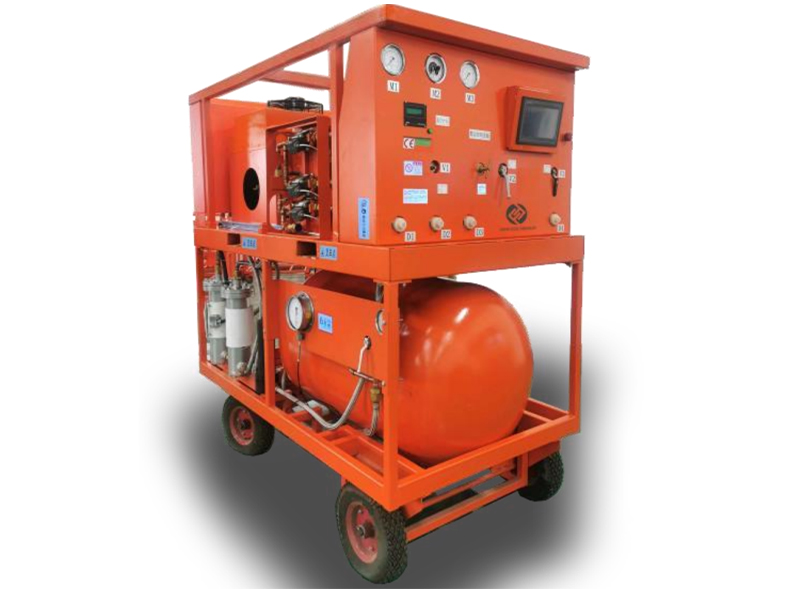
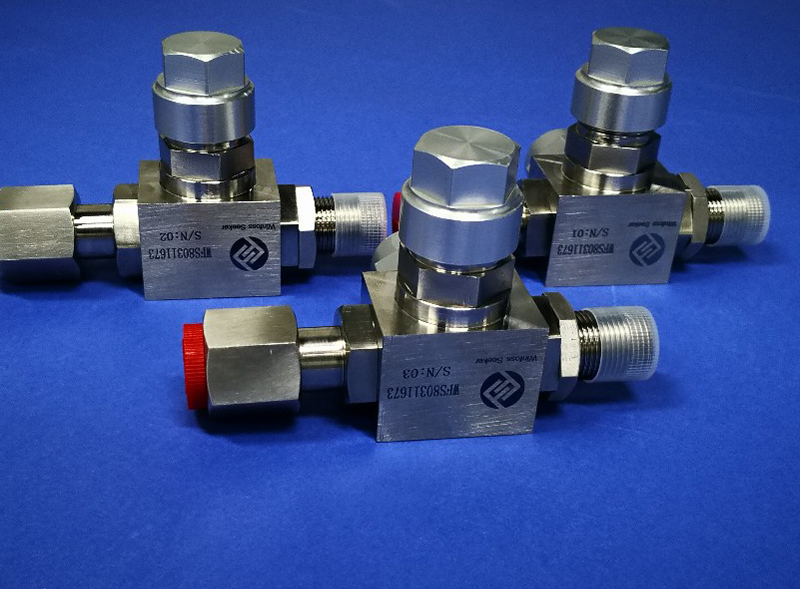
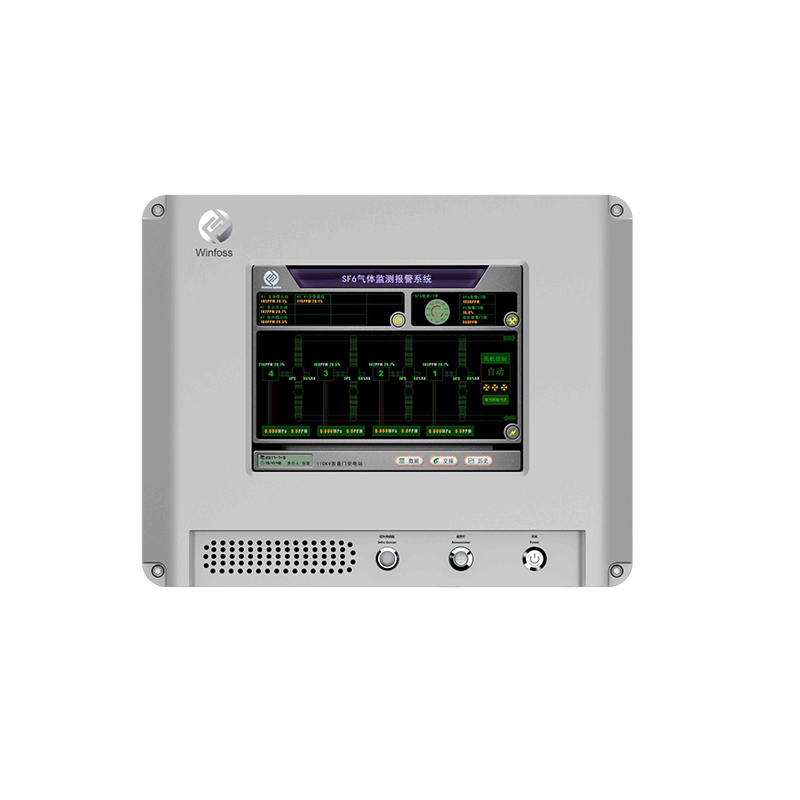
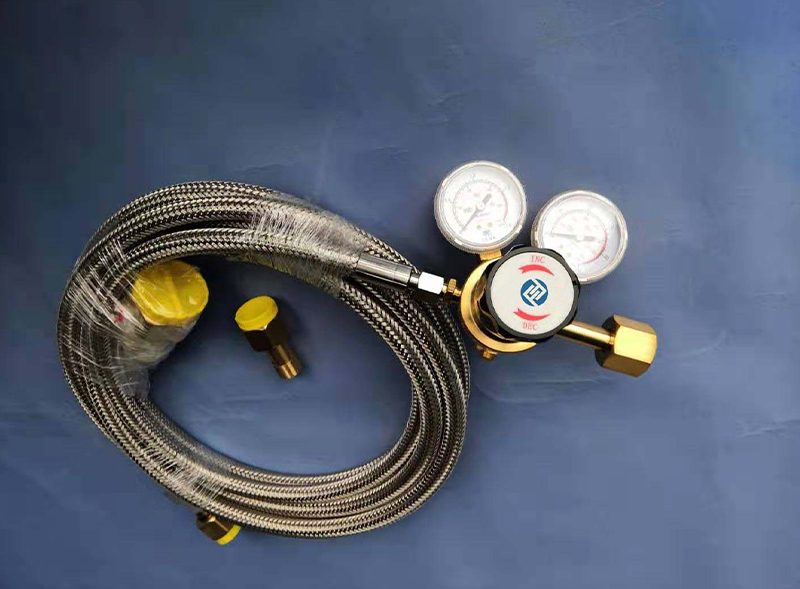
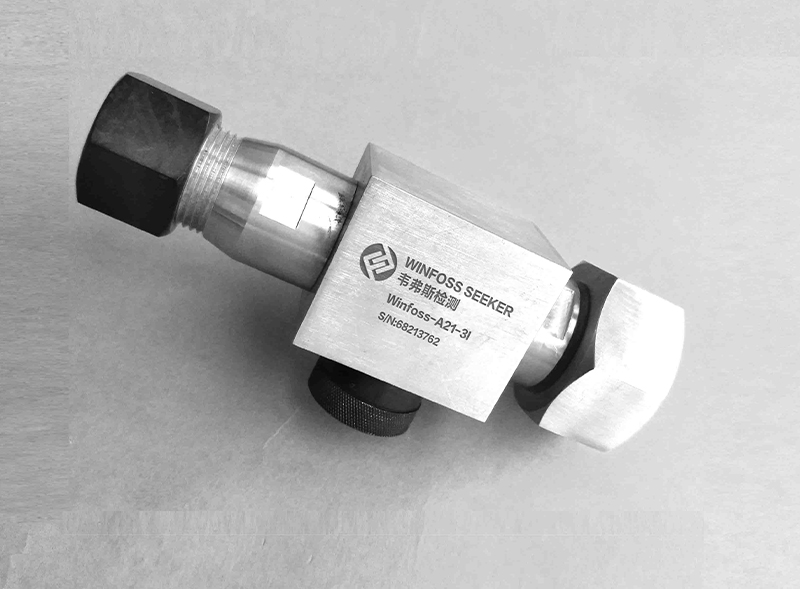
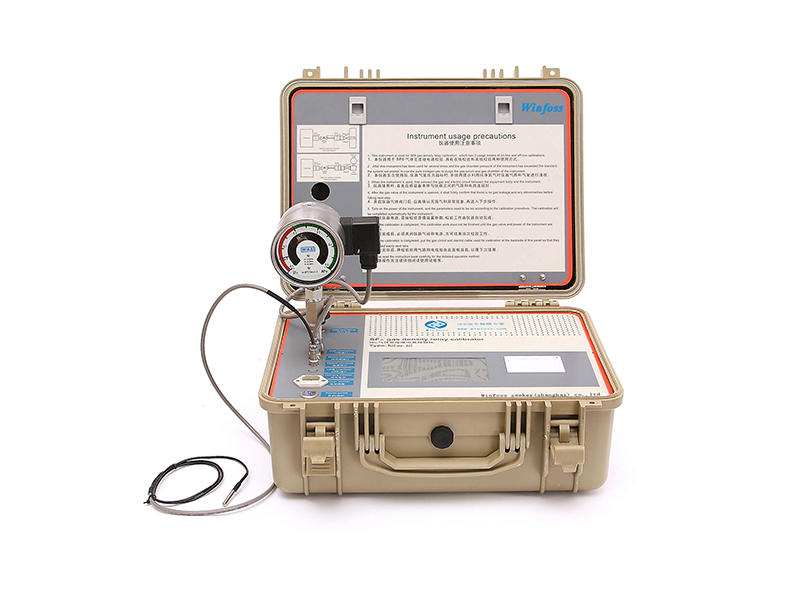
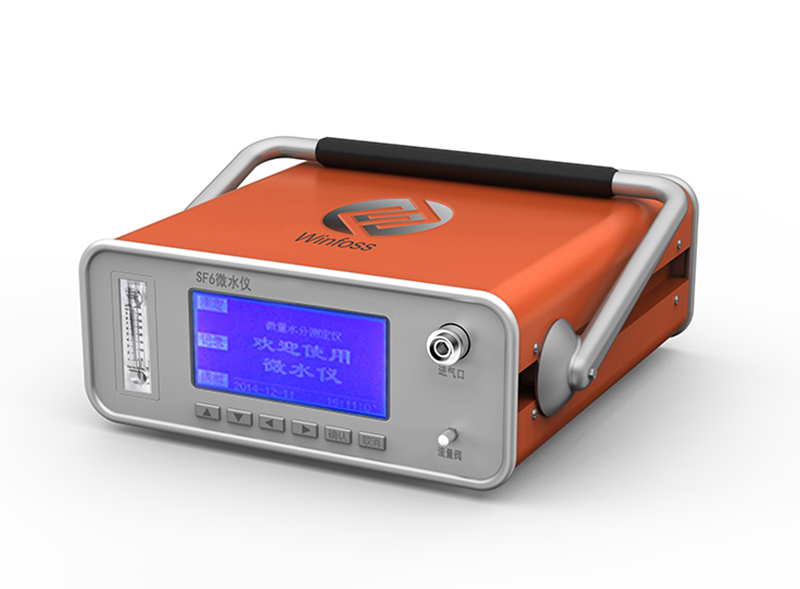
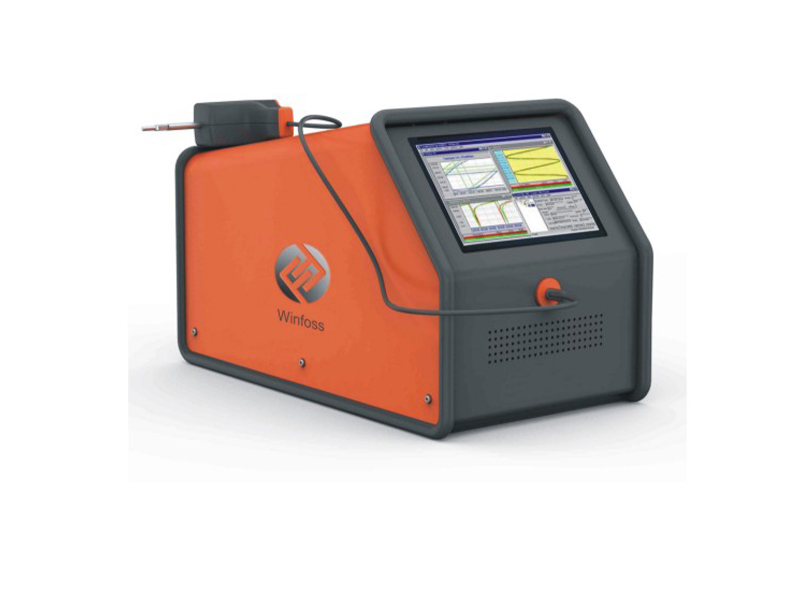

 沪公网安备31011802003762
沪公网安备31011802003762
